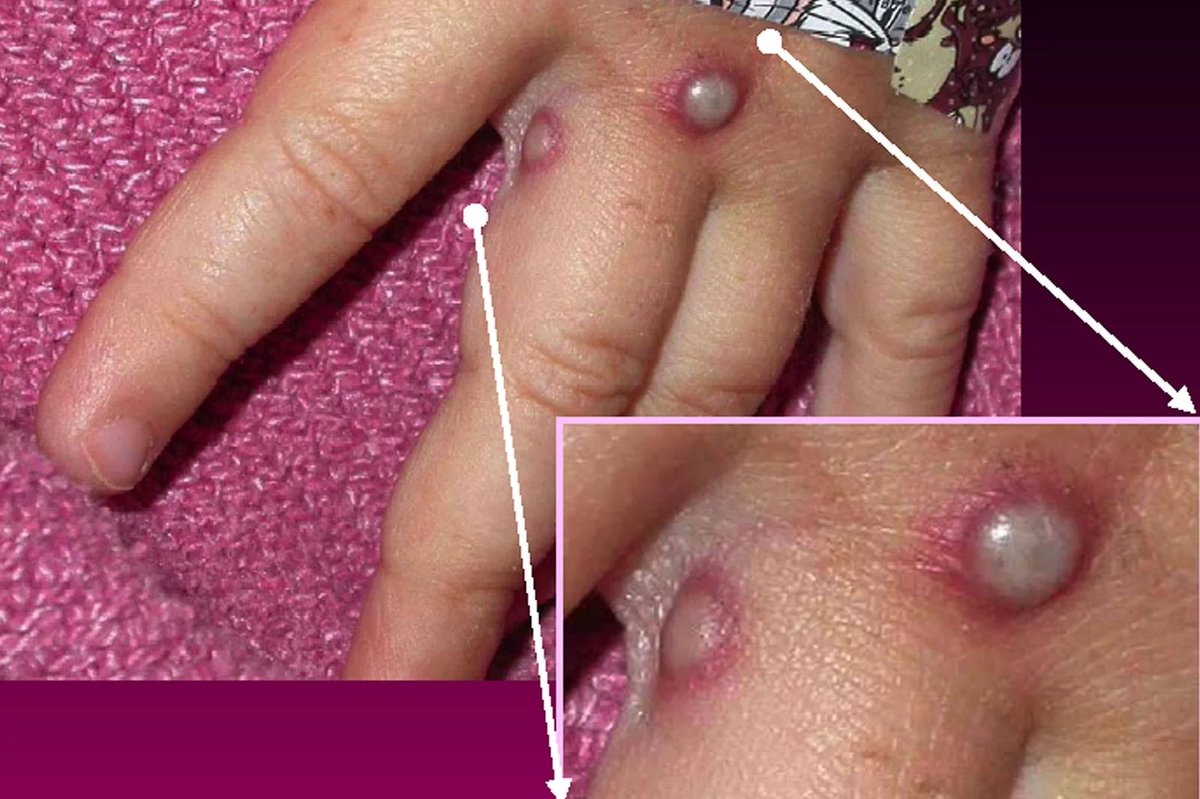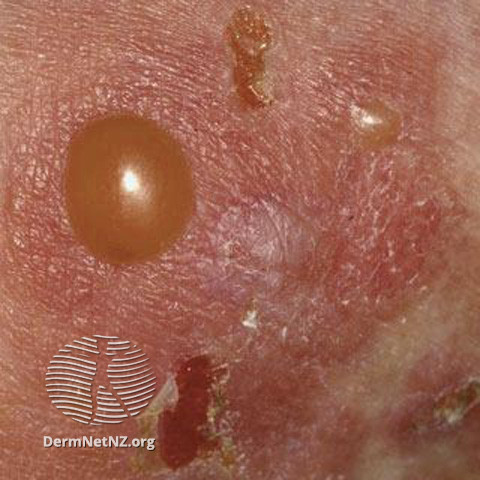
I learned an interesting #clinicalpearl today!
Did you know that in Wilson Disease, despite high ALT/AST/bilirubin, Alkaline Phosphatase (AP) stays normal or low?
It made me ask "why," & so, I present the answers I found in #tweetorial form.
A rare non-derm, #medtwitter 🧵
1/
Did you know that in Wilson Disease, despite high ALT/AST/bilirubin, Alkaline Phosphatase (AP) stays normal or low?
It made me ask "why," & so, I present the answers I found in #tweetorial form.
A rare non-derm, #medtwitter 🧵
1/
Let's start by establishing that Wilson Disease is a multisystem process wherein copper deposits in various tissues (liver, brain, eyes) because of improper transport.
A mutation in ATP7B causes this, and the depositional process leads to disease manifestations.
2/
A mutation in ATP7B causes this, and the depositional process leads to disease manifestations.
2/
Given the organs Cu2+ deposits in, you see neurologic effects, Kayser Fleischer rings in the eyes, and of course, liver disease.
While here👇, we see the always memorized, rarely seen, Kayser Fleischer rings, let's focus on the liver...
PC: nejm.org/doi/full/10.10…
3/
While here👇, we see the always memorized, rarely seen, Kayser Fleischer rings, let's focus on the liver...
PC: nejm.org/doi/full/10.10…
3/

The depositional process of Cu2+ in the liver leads to lab abnormalities you might usually expect.
Elevated AST/ALT
Elevated Total and Direct bilirubin
But strangely enough, you get a normal to low Alkaline Phosphatase (AP)!
4/
Elevated AST/ALT
Elevated Total and Direct bilirubin
But strangely enough, you get a normal to low Alkaline Phosphatase (AP)!
4/
In fact, the AP to TBili ratio can be helpful as a biomarker for Wilson!
In this article, they showed that an AP:TBili ratio of <4 has a sensitivity of 94% and a specificity of 96%. Importantly, it also gives you a likelihood ratio of 23!
aasldpubs.onlinelibrary.wiley.com/doi/10.1002/he…
5/
In this article, they showed that an AP:TBili ratio of <4 has a sensitivity of 94% and a specificity of 96%. Importantly, it also gives you a likelihood ratio of 23!
aasldpubs.onlinelibrary.wiley.com/doi/10.1002/he…
5/

So why?! How can it be that you can have such inflammation and biliary pathology, yet have a low AP?!
Well, as you might expect, the answer (I think) lies in the Copper...
6/
Well, as you might expect, the answer (I think) lies in the Copper...
6/
Remember that AP is found in many tissues of the body (including the liver and bone as the organs we most commonly think about).
Importantly, it is a metalloenzyme, meaning it requires a metal to help catalyze its function. For AP, that would be Zinc.
7/
Importantly, it is a metalloenzyme, meaning it requires a metal to help catalyze its function. For AP, that would be Zinc.
7/
Well, as you might expect, Copper is going to mess things up here.
The thought is that Copper displaces the Zinc in AP, which leads to the lower levels.
As you might expect, zinc deficiency itself can also cause low AP.
ncbi.nlm.nih.gov/books/NBK45920…
8/
The thought is that Copper displaces the Zinc in AP, which leads to the lower levels.
As you might expect, zinc deficiency itself can also cause low AP.
ncbi.nlm.nih.gov/books/NBK45920…
8/
But why would that change AP levels? I can understand that it would decrease AP activity, but the actual serum concentration? I'm not sure, and haven't found a super clear reason. That said, this paper from the 1970s suggests that Cu may cause a conformational change in AP.
8/
8/

RECAP:
👉Wilson Disease is a situation where you see high AST, ALT, Bilirubins, but a low to normal AP.
👉AP is a metalloenzyme that uses Zn to catalyze its activity.
👉AP is thought to be low in Wilson due to Cu displacing Zn.
👉Zinc deficiency is another reason for low AP.
9/
👉Wilson Disease is a situation where you see high AST, ALT, Bilirubins, but a low to normal AP.
👉AP is a metalloenzyme that uses Zn to catalyze its activity.
👉AP is thought to be low in Wilson due to Cu displacing Zn.
👉Zinc deficiency is another reason for low AP.
9/
I'll stop there, since I'm out of my #dermatology realm. I wanted to share my little dive down a rabbit hole looking at why AP is uniquely low in Wilson Disease! Thanks for listening to this #medderm share his #livertwitter journey.
Anyone care to add or correct anything?
10/10
Anyone care to add or correct anything?
10/10
• • •
Missing some Tweet in this thread? You can try to
force a refresh














